5 Exercises That May Wreck Your Bone Health After Menopause
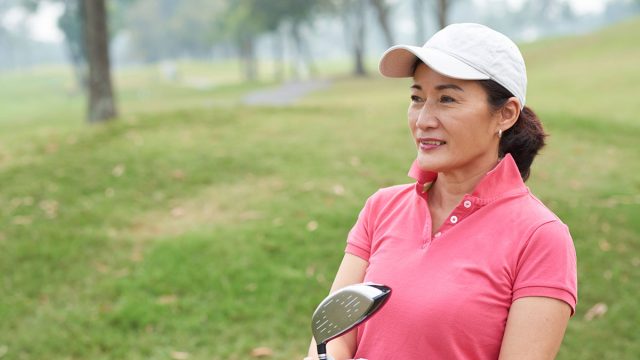
Maintaining good bone health is critical as we get older—it can make a huge impact on quality of life and staying active and independent. "How likely you are to develop osteoporosis — a condition that causes bones to become weak and brittle — depends on how much bone mass you attain by the time you reach age 30 and how rapidly you lose it after that," says the Mayo Clinic. "The higher your peak bone mass, the more bone you have 'in the bank' and the less likely you are to develop osteoporosis as you age." Certain exercises can seriously damage already weakened bones—here are five to avoid.
Jumping and Running
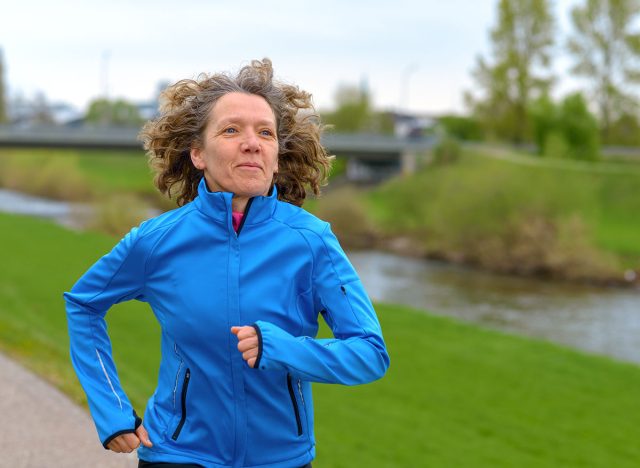
High-impact exercises can cause serious injury to anyone with osteoporosis. "Activities such as jumping, running or jogging can lead to fractures in weakened bones," says the Mayo Clinic. "Avoid jerky, rapid movements in general. Choose exercises with slow, controlled movements. If you're generally fit and strong despite having osteoporosis, however, you might be able to do somewhat higher-impact exercise than someone who is frail."
Golf and Tennis
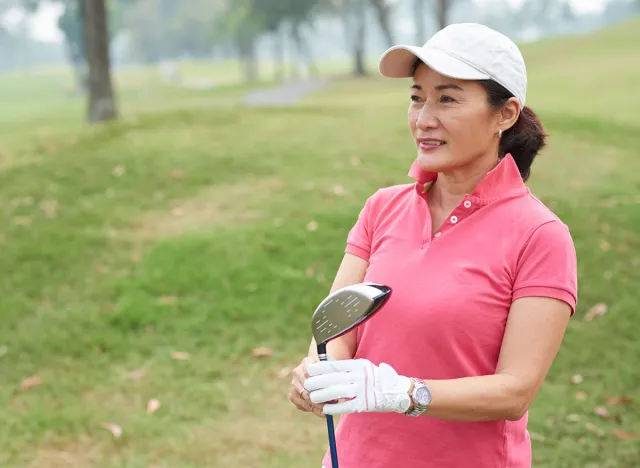
Golf and tennis both require a certain amount of twisting at the waist, which can cause a spine injury, experts say. "At some point, the muscles and ligaments are pulled to the end of their stretch," physical therapist Karen Kemmis, PT, DPT, tells CreakyJoints.org. "If you force it further, the bone has the take the strain. If the bone is weak, it may not tolerate the strain."
RELATED: I Lost 50 Pounds in 8 Months with These 4 Simple Changes
Sit-Ups and Twisting
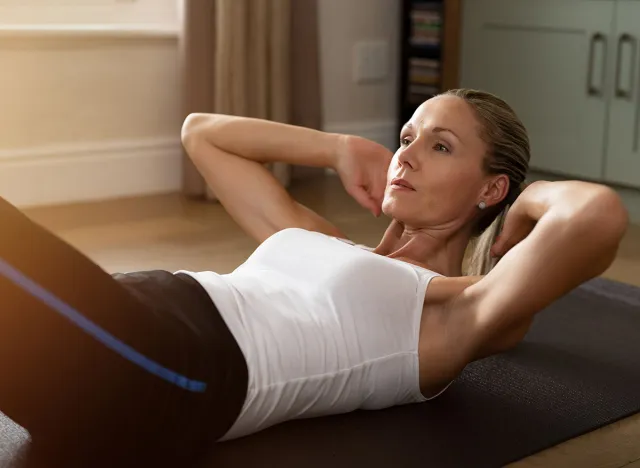
Bending and twisting is another dangerous way of exercising for people with weakened bones. "In people who have osteoporosis, bending forward at the waist and twisting at the waist can increase the risk for broken bones in the spine," says the Mayo Clinic. "Exercises to avoid include touching your toes or doing sit-ups. Other activities that may require you to bend or twist forcefully at the waist are golf, tennis, bowling and some yoga poses."
Toe-Touches
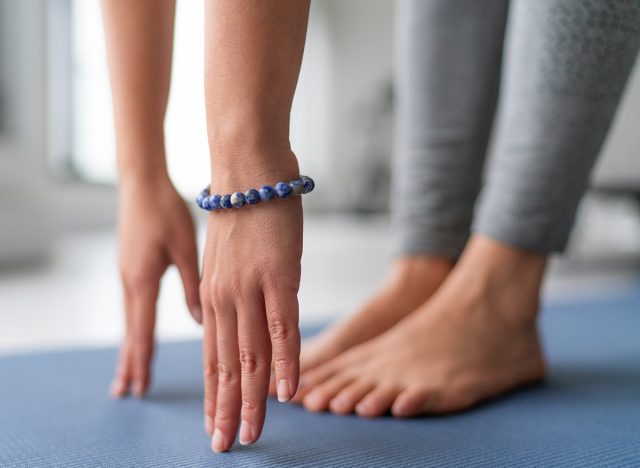
Toe touches could cause compound fractures. "The front of each vertebrae is always weaker, whether you have osteoporosis or not," Kemmis tells CreakyJoints.org. "If your bones are healthy, that portion is still less dense, but the vertebrae is strong enough to tolerate the forward movement. If you have low bone density, however, and you put a lot of force or pressure into the front of the spine — such as in a sit-up or toe touch — it increases your risk of a compression fracture."
Related: This Is Exactly How to Lose Body Fat This Year
Not Getting Rest

Even with appropriate bone-friendly weight-bearing exercises, rest and recuperation is still crucial. Take at least one day off a week. "You already have decreased bone density, so the repetitive stress without enough time to heal the microscopic bone damage could build up and lead to a stress fracture," sports medicine physician David Geier, MD, tells SilverSneakers.




